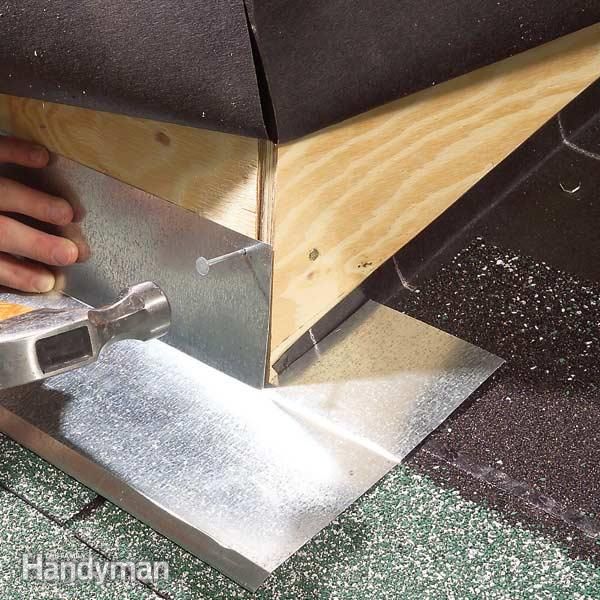The solution to rotting sidewalls is a small piece of bent metal called a kickout flashing at roofing suppliers which simply directs all that water away from the wall.
Flashing where siding meets roof.
How to install step flashing under siding 1.
Fasten that shingle with two galvanized nails at the.
Install the kickout flashing.
Kickout flashing installs just like standard step flashing except that half of the kickout flashing hangs over the edge of the roof.
Flashing where wall meets roof.
Flashing is installed to surround roof features such as vents chimneys and skylights.
Slice along the bend line about 4 inches into the first piece of flashing at the bottom of the roof with tin snips.
Lay a shingle over the step flashing starting at the roof edge.
It is at the back of the porch roof where the roof meets the house siding.
It is always recommended to install step flashing behind stucco dryvit wood panel lap siding vinyl siding cedar shingle siding etc.
That is fine but it must still look like the flashing is behind the siding.
Roof flashing is a thin material usually galvanized steel that professional roofers use to direct water away from critical areas of the roof wherever the roof plane meets a vertical surface like a wall or a dormer.
Cut a piece.
Traditionally the flashing was installed and hidden under the siding.
It depends on the condition of the old flashing or the warranty that is being offered to the homeowner.
Very rarely do people want to pay to replace step flashing especially if it s a wood or cement siding.
However in most instances step flashing should be installed behind siding.















































